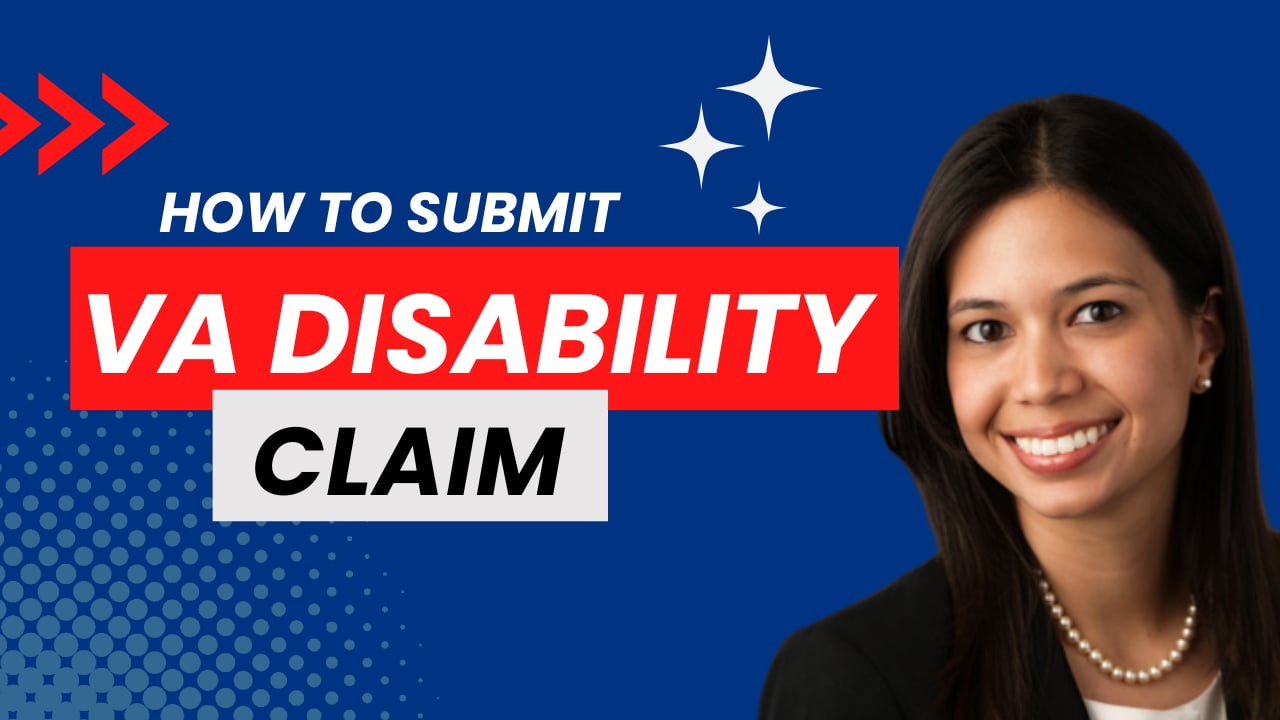Simplify the VA Disability Benefits Appeals Process with our comprehensive video guide. Unravel the intricacies, know your rights, and streamline your appeal journey. Equip yourself with knowledge and boost your chances of securing the benefits you’ve rightfully earned.
learn moreVeterans Appeals Improvement and Modernization Act
Upon filing a new claim, the VA’s rating decision now includes: decided issues, evidence summary, applicable laws, and favorable findings. It clarifies denial reasons, evidence used, and criteria for granting benefits.
Post-rating, veterans have one year to act. Options include seeking a higher RO review, submitting new evidence, or filing an NOD for the Board of Veterans’ Appeals.

Higher-Level Review
From your initial claim, you have a year to opt for a review at the VA regional office, ensuring a quality check on the original opinion. This de novo review—examining without considering the prior decision—doesn’t permit extra evidence or hearings. If the outcome is positive, your original claim date remains; if negative, you can file a supplemental claim or appeal to the board.
Supplemental Claim
Within a year from your decision date, you can file a supplemental claim by submitting new and relevant evidence. The VA aims to decide within 125 days, preserving your original claim’s effective date.
Post-decision, if unsatisfied, you have three choices: resubmit evidence within a year, preserving your claim date; request a higher review; or opt for a board review lane.


Board Review Lane
To appeal at the BVA, file a notice of disagreement (NOD) within a year of the decision. Previously, multiple steps preceded a BVA appeal, but now, an NOD directly takes you there.
The NOD, submitted on the VA’s specified form, must detail the veteran’s disagreements. Veterans can request a BVA hearing, submit more evidence, or seek a review without added information. The VA plans to allow post-filing NOD modifications.
New Effective Date Rules
Under the new system, by choosing a lane within a year, your effective date for granted claims remains the original claim date.
We’ve Got Your Six
You’ve served our country bravely, but the government denied your disability claim. Enlist our team to take up the fight.
Mobilize Our Team